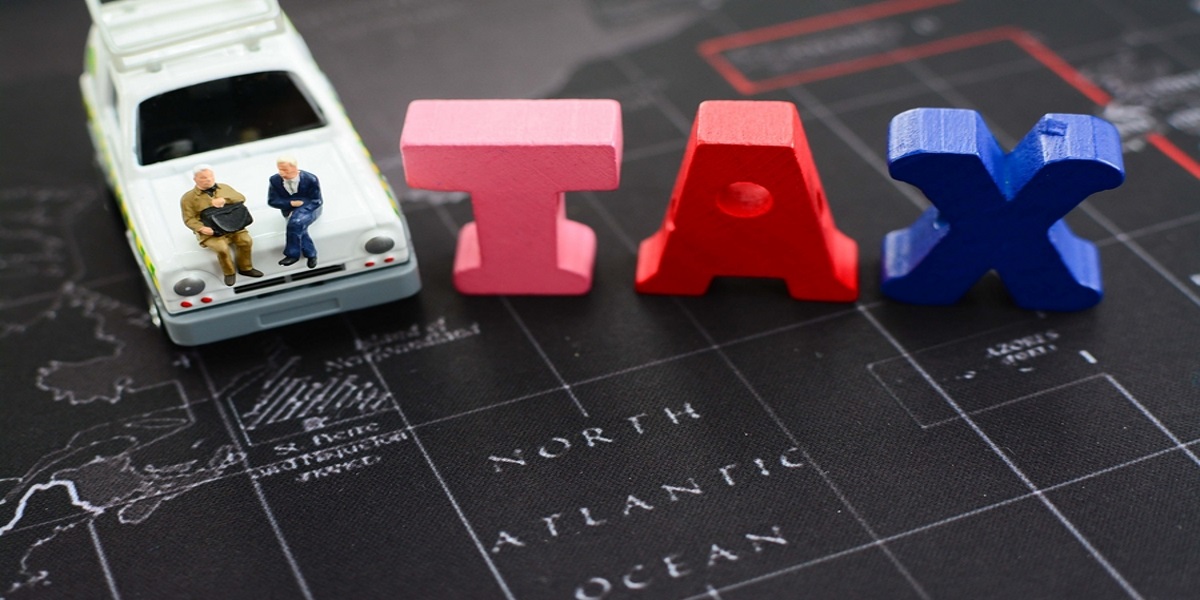There are lots of moving parts to the car tax rules, some apply to the type of vehicle and some apply to the owner. We have a full guide to all the elements of car tax on our website.
There have been a lot of changes to car tax rules and the way it is administered, so this article starts you off with the fundamentals.
Six Essential Car Tax Facts
- Vehicle Excise Duty (VED) is HMRC’s name for, what we all call, car tax.
- Different types of vehicle (car, motorbike, lorry) all have to pay different rates of VED.
- Car tax register is completely electronic; so no more tax disc.
- Car tax is one of the major costs of car ownership, sometimes running up to £1,000+ per year.
- You are legally required to tax all cars on British public roads that are registered in the UK (unless they are in the ‘exempt’ category).
- The amount of VED you pay is dependent on the type of car and how environmentally friendly it is.
Exemptions to car tax
It seems like a good idea to list those that are exempt from car tax first.
Then, if you fit into one of these categories, you can stop reading here. Some of these rules apply to the vehicle and some apply to the owner.
Owner:
You do not have to pay car tax if you are a person with a disability and receive a War Pensioner’s Mobility Supplement, get the higher mobility rate of Disability Living Allowance or have an invalid carriage.
Car:
If your car was made before 1st January 1974, it is categorised as an ‘historic vehicle’ and is not eligible to be taxed. Also, brand new cars in bands B to D, in their first year don’t have to be taxed; neither do band A cars.
Electronic car tax register
The responsibility for maintaining the car tax register rests with the Driver and Vehicle Licensing Agency (DVLA). Now this is entirely electronic it is fully accessible for any law enforcement agencies and means that drivers do not need to display a paper car tax disc. This has been the case since 1st October 2014. Unfortunately this did not also include abolishing the annual car tax fee.
There are consequences, for both parties, during the sale of a car as a result of this change. When you sell a car, you will get a refund of any full months remaining on the tax you have paid automatically from the DVLA. As the proud owner of a new, used car, you must tax the car immediately before you can drive it because the remainder of the tax can no longer be transferred from the old owner.
It is worth noting that, if you sell a car one week into the month, both the seller and the buyer will be paying tax on the same vehicle at the same time. The seller cannot get a car tax refund for partial months and the buyer must pay tax on it straightaway. This is only good for the DVLA.
How much is my car tax?
If only there was one, simple answer to this question. The amount your car (or other vehicle) will cost you in tax depends on several factors: age, fuel type, emissions rate and size. There is a thorough breakdown of the differing amounts in our free Car Tax Guide.
What do I need to do?
You need to make sure that you have always paid your car tax on time. You can check how much you should be paying using this really useful free tool from the DVLA – it includes all the different categories of vehicle, not just cars.
If you are buying a brand new or ‘used’ new car, it is worth taking the time to consider the car tax implications for different makes and models. A vehicle that is in a lower car tax band is easier on your budget and will always be more attractive to other buyers if you want to sell it on.


